A new study from scientists at the Carnegie Institution for Science contradicts prevailing theories about the relationship between in carbonaceous chondrites and comets, finding that carbonaceous chondrites likely did not form in the same regions of the Solar System as comets and suggesting that most of the volatile elements on Earth arrived from a variety of chondrites, not from comets.
Scientists have long believed that comets and, or a type of very primitive meteorite called carbonaceous chondrites were the sources of early Earth’s volatile elements—which include hydrogen, nitrogen, and carbon—and possibly organic material, too. Understanding where these volatiles came from is crucial for determining the origins of both water and life on the planet. New research led by Carnegie’s Conel Alexander focuses on frozen water that was distributed throughout much of the early Solar System, but probably not in the materials that aggregated to initially form Earth.
The evidence for this ice is now preserved in objects like comets and water-bearing carbonaceous chondrites. The team’s findings contradict prevailing theories about the relationship between these two types of bodies and suggest that meteorites, and their parent asteroids, are the most-likely sources of the Earth’s water. Their work is published on July 12 in Science Express.
Looking at the ratio of hydrogen to its heavy isotope deuterium in frozen water (H2O), scientists can get an idea of the relative distance from the Sun at which objects containing the water were formed. Objects that formed farther out should generally have higher deuterium content in their ice than objects that formed closer to the Sun, and objects that formed in the same regions should have similar hydrogen isotopic compositions. Therefore, by comparing the deuterium content of water in carbonaceous chondrites to the deuterium content of comets, it is possible to tell if they formed in similar reaches of the Solar System.
It has been suggested that both comets and carbonaceous chondrites formed beyond the orbit of Jupiter, perhaps even at the edges of our Solar System, and then moved inward, eventually bringing their bounty of volatiles and organic material to Earth. If this were true, then the ice found in comets and the remnants of ice preserved in carbonaceous chondrites in the form of hydrated silicates, such as clays, would have similar isotopic compositions.
Alexander’s team included Carnegie’s Larry Nitler, Marilyn Fogel, and Roxane Bowden, as well as Kieren Howard from the Natural History Museum in London and Kingsborough Community College of the City University of New York, and Christopher Herd of the University of Alberta. They analyzed samples from 85 carbonaceous chondrites, and were able to show that carbonaceous chondrites likely did not form in the same regions of the Solar System as comets because they have much lower deuterium content. If so, this result directly contradicts the two most-prominent models for how the Solar System developed its current architecture.
The team suggests that carbonaceous chondrites formed instead in the asteroid belt that exists between the orbits of Mars and Jupiter. What’s more, they propose that most of the volatile elements on Earth arrived from a variety of chondrites, not from comets.
“Our results provide important new constraints for the origin of volatiles in the inner Solar System, including the Earth,” Alexander said. “And they have important implications for the current models of the formation and orbital evolution of the planets and smaller objects in our Solar System.”
Reference: “The Provenances of Asteroids, and Their Contributions to the Volatile Inventories of the Terrestrial Planets” by C. M. O’D. Alexander, R. Bowden, M. L. Fogel, K. T. Howard, C. D. K. Herd and L. R. Nittler, 12 July 2012, Science.
DOI: 10.1126/science.1223474

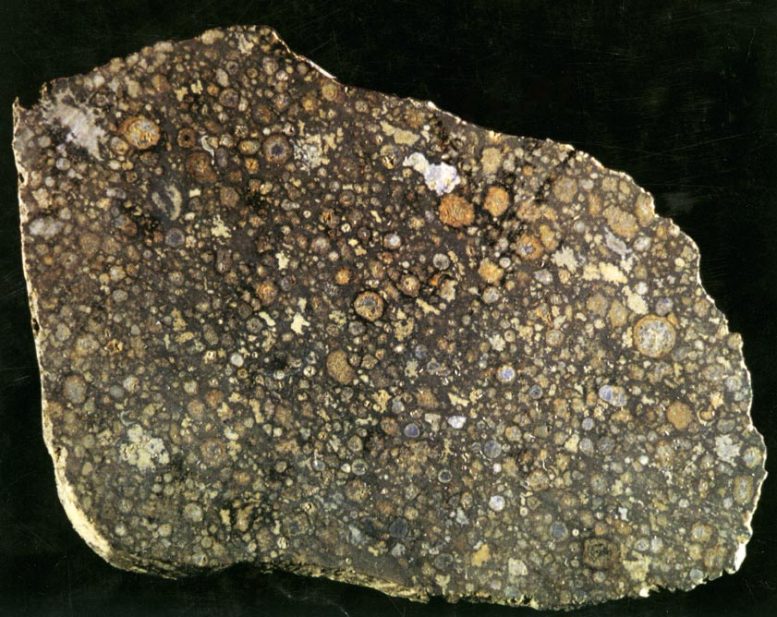

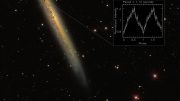

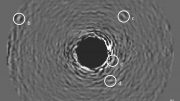
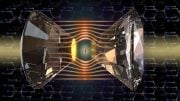
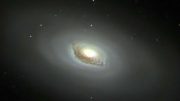
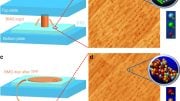

Useful info on carbonaceous chondrites:
Carbonaceous chondrites or C chondrites are a class of chondritic (Chondrites are stony meteorites that have not been modified due to melting or differentiation of the parent body. They formed when various types of dust and small grains that were present in the early solar system accreted to form primitive asteroids) meteorites comprising at least 7 known groups and many ungrouped meteorites. They include some of the most primitive known meteorites. C chondrites represent only a small proportion (4.6%) of meteorite falls.